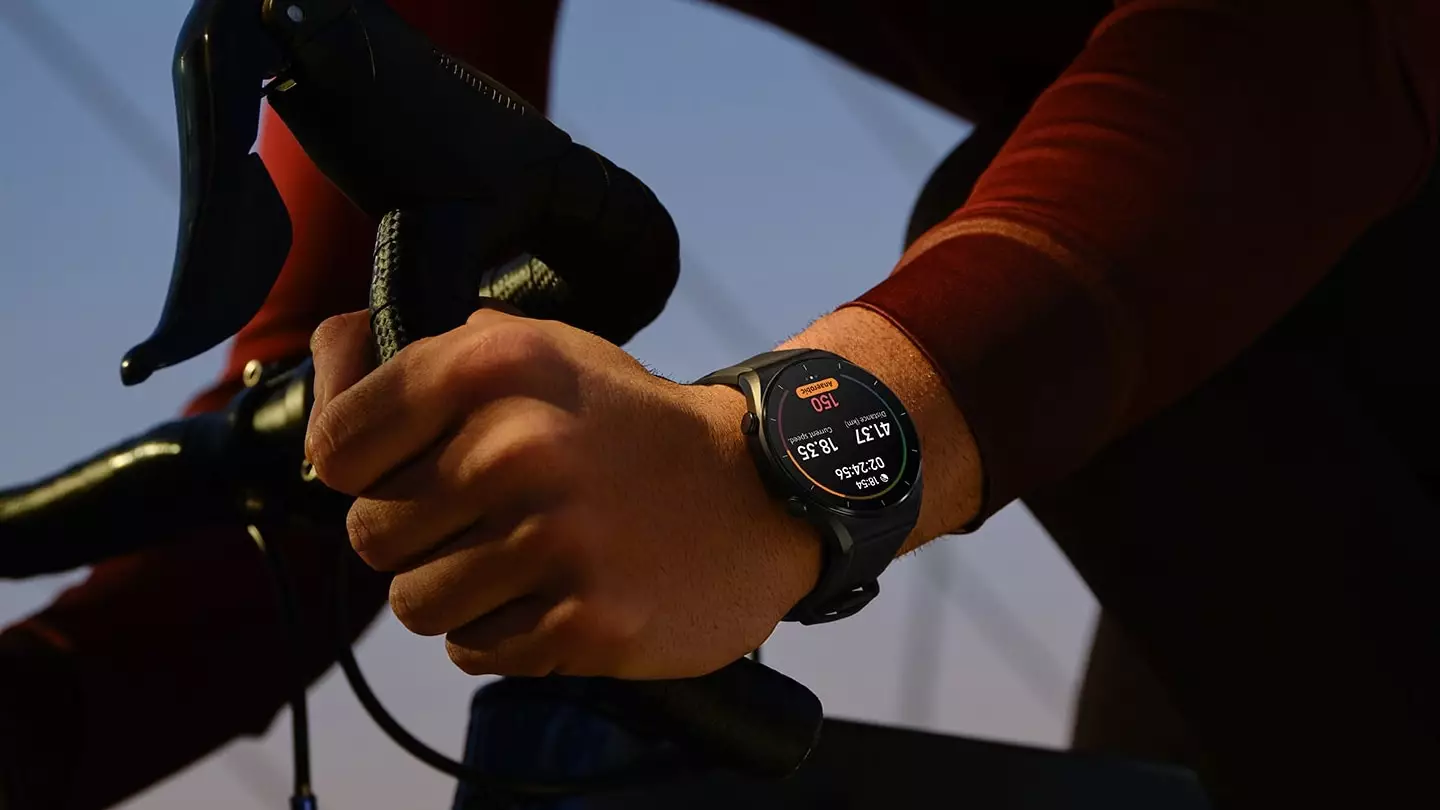In a surprising turn of events for the tech industry, global smartwatch shipments saw an unexpected decline of 7% year-on-year in 2024. The fact that this decline is led in part by the once-unstoppable Apple raises eyebrows, as the tech giant had previously enjoyed a near-monopolistic grip on the smartwatch market. According to a recent report from Counterpoint, Apple remains the top player worldwide, but a staggering 19% drop in its shipments has dampened the industry’s overall performance. Traditional wisdom tells us that innovation drives demand; however, the stagnation in the Apple Watch SE lineup, combined with an absence of fresh models, has revealed a troubling reality.
The Cupertino company, well-known for its ability to influence market trends, has not only failed to sustain its momentum but has left a gaping void that competitors have been eager to fill. The once-illustrious Apple brand is teetering at the edge—cautiously navigating a landscape that is hostile toward complacency. In an era where tech giants are expected to surprise and delight, Apple seems locked in a retrogressive cycle, failing to keep its lineup fresh or interesting.
A New Challenger Arises
While Apple falters, a remarkable shift in the hierarchy brings new challengers to the forefront. Xiaomi, a brand that has found remarkable success in the global smartphone market, experienced a meteoric rise in smartwatch sales with a jaw-dropping 135% growth. This kind of velocity is rarely seen and speaks volumes about the brand’s strategic positioning. The introduction of its Watch S1 and Redmi Watch series not only tapped into a demand for feature-rich yet affordably priced devices, but it has also captured the imagination of the consumer.
Alongside Xiaomi, brands like Huawei and Samsung are adapting more robustly to the shifting landscape. Huawei reported a 35% year-on-year growth, securing its place firmly behind Apple, while Samsung managed to achieve a mild 3% growth amid a prosperous launch of the Galaxy Watch 7 and Lounge Watch series. This illustrates an exciting reality: the old guard of wearables is far from finished, merely reshaping itself in more agile configurations.
Emerging Markets and Shifts in Consumer Behavior
Burdened with a slow replacement cycle and waning consumer enthusiasm, the basic smartwatch segment in India has been identified as the reason for the decline in the overall market. Dropping from 30% to 23% market share, this slowdown exemplifies a critical issue within the smartwatch landscape: a lack of innovation and a poor user experience are turning first-time buyers away. This precarious situation is a consequential touchpoint in the wider narrative of smartwatches, indicating that demand is not merely affected by brand loyalty but also deeply intertwined with user experience.
In contrast, China has seen an explosive surge, flooding the market with smartwatches and outpacing India and North America. Brands like Imoo and Huawei are riding this wave, further underlining a crucial pivot—successful smartwatch adoption is no longer a pie in the sky but an achievable goal rooted in meeting tangible needs. The increasingly popular children’s smartwatch sector illustrates this point; brands that focus on safety features and educational capabilities are solidifying a foothold in this burgeoning demographic, targeting young families and tech-savvy parents.
A Glimmer of Hope: Future Possibilities
Despite the darker undercurrents of 2024, there remain glimmers of hope on the horizon for the smartwatch market. In the eyes of Counterpoint analysts, anticipation mounts for 2025, as a potential recovery flickers faintly ahead. As brands like Apple, Samsung, and Xiaomi scramble to integrate advanced AI and novel health-monitoring capabilities, one can’t help but wonder if a shift is indeed on the way. There’s an emergent beauty in the space that begs for innovation, exploring how smartwatches can evolve from simple timekeepers to essential health monitors.
As cutting-edge sensors are developed to measure key health metrics, including indicators for conditions like sleep apnea and hypertension, a revolution in consumer perception could emerge. For brands that are willing to prioritize regulatory compliance and proactive communication, the potential to reclaim and even expand market share becomes tantalizingly close. The smartwatch landscape we will see in the near future has the potential to be not just about fashion and functionality but about actionable health insights and meaningful user engagement.

